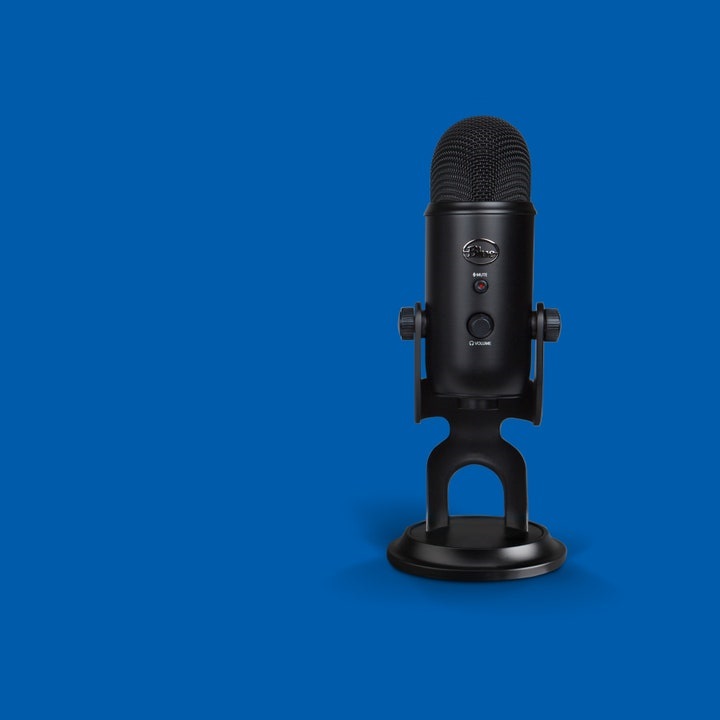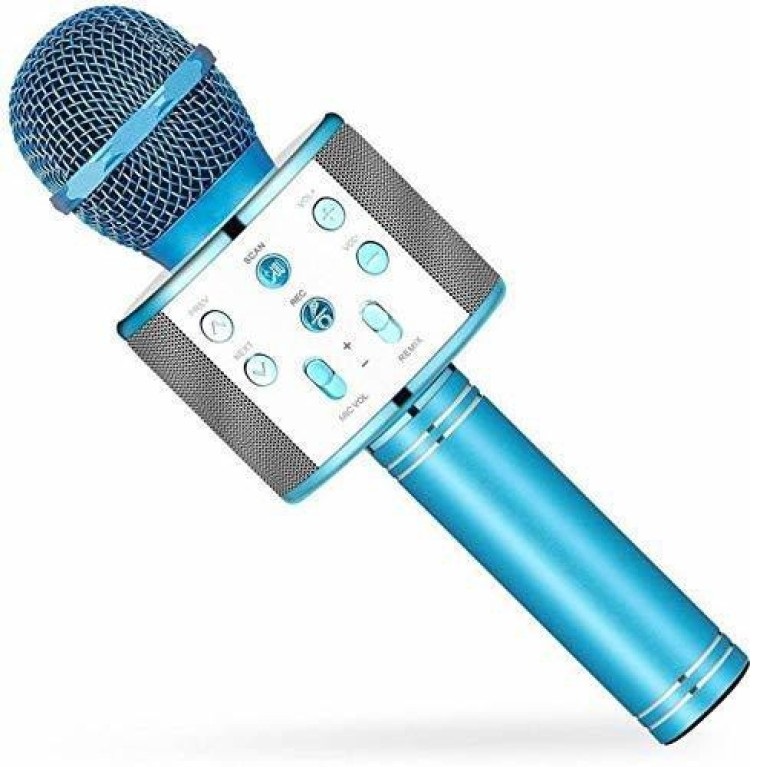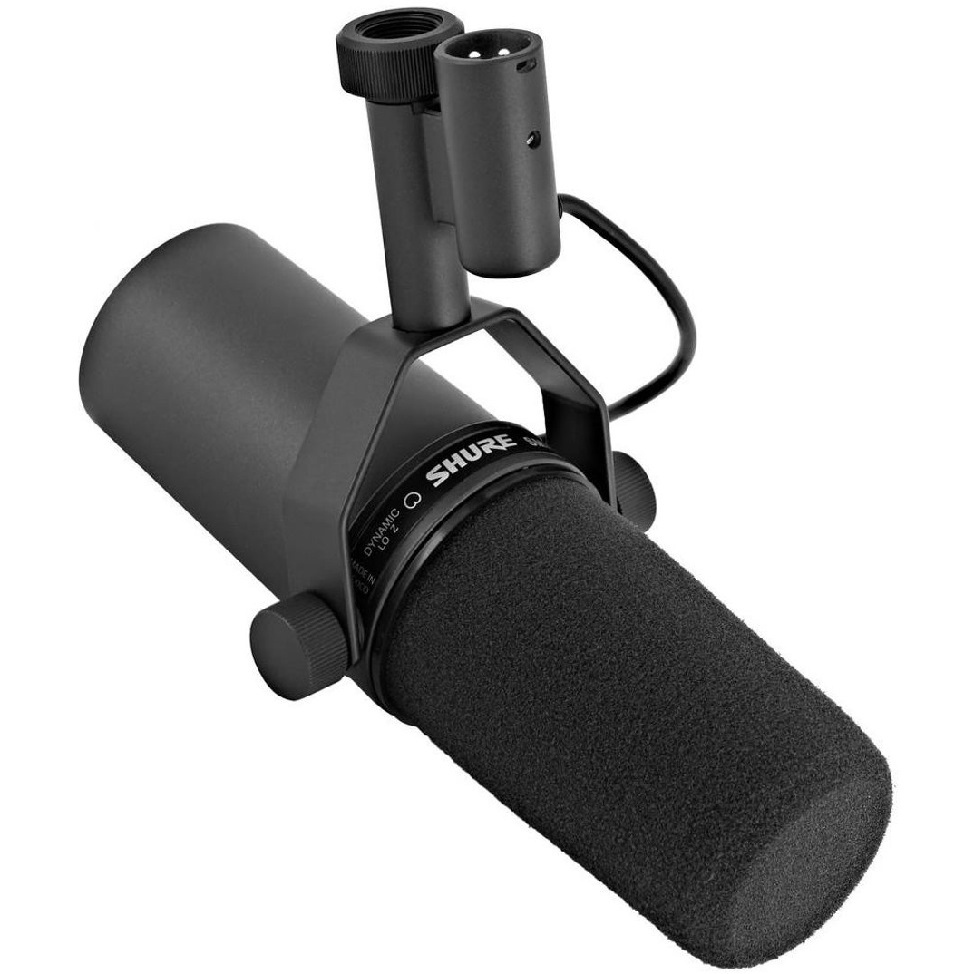Top Recommendations for USB Microphones
Finding the best mic for your recording needs can be daunting with so many options available. In 2024, the strides in audio technology have resulted in a variety of high-quality USB microphones that cater to different requirements, whether for streamers, musicians, podcasters, or general use. Our comprehensive review highlights top USB microphones that stand out for their quality, features, and value. These recommendations are curated to help you make an informed choice for your ideal USB microphone.
We test these mics extensively for their ease of use, sound quality, and versatility. The mics are ranked across different recording scenarios. This includes voice-over work, music production, and gaming. We consider feedback from professional reviewers and everyday users alike.
Our search for the best mic has brought us some all-purpose champions and specialized winners. For a versatile pick, the Monoprice Dark Matter Sentry Streaming Microphone is outstanding. This mic excels in voice, gaming, and music tests. With a sub-$100 price tag, it also provides excellent value.
The Mackie EM-91CU is another solid choice. It’s tailor-made for music recording, delivering clear sound without all the extra frills. If budget isn’t a constraint and you want a serious upgrade for podcasting, the R?de PodMic USB is hard to beat with its voice quality and desktop-friendly design.

For professional musicians looking to record at a high level, the R?de NT1 5th Generation is your best bet. Despite its higher price, this USB microphone brings studio-quality sound to the table. These top recommendations represent just a slice of the USB microphone market, providing something for everyone. Our analysis helps narrow down the immense field, making it easier for you to find your best mic match in 2024.
Key Factors to Consider When Buying a USB Microphone
When searching for the best mic, several critical factors must guide your decision. Here are the key considerations to keep in mind before making a purchase:
- Sound Quality: This is paramount. A good USB microphone should capture clear, crisp audio without distortion or noise.
- Ease of Use: It should be plug-and-play with straightforward controls. A complicated setup can hinder your recording experience.
- Versatility: Consider if the mic suits various uses. Some mics are better for voice, while others excel in music.
- Durability: A robust build is essential. Your mic should withstand regular use and the occasional knock or bump.
- Polar Patterns: These determine the microphone’s pickup direction. Options like cardioid, bidirectional, and omnidirectional cater to different recording situations.
- Connectivity: Check for compatibility with your devices. Most will connect via USB, but some offer additional connections like XLR.
- Additional Features: Mute buttons, gain controls, and headphone jacks for live monitoring can all be beneficial. Decide which features match your needs.
- Price: Define your budget. Higher-priced mics may offer better quality, but there are also great affordable options.
- Brand Reputation: Consider purchasing from well-known brands that are recognized for quality and reliability.
- Reviews: Read professional and user reviews. They can provide insight into the mic’s real-world performance and any potential issues.
These factors will help you find a USB microphone that not only fits your immediate needs but also delivers satisfaction in the long run.
Best All-Purpose USB Microphones for Various Uses
When you need a best mic that’s flexible for various recording situations, an all-purpose USB microphone is ideal. They’re designed to handle a range of activities, from podcasting to simple music recording, making them great for users who do a bit of everything.
Here are some key attributes to look for in the best all-purpose USB microphones:
- Sound Clarity: It should deliver crisp, clean audio across various tasks.
- Easy Setup: A simple plug-and-play operation is crucial for convenience.
- Bundled Features: Look for mics with useful extras like different polar patterns, mute buttons, or gain controls.
- Solid Build: Durability matters for longevity, especially if you move your mic often.
- Compatibility: Make sure the mic works well with your operating system and recording platforms.
For those starting out or with a need for versatile use, the Monoprice Dark Matter Sentry Streaming Microphone stands out. It punches above its weight in voice, gaming, and basic music tests, offering a balanced mix of features at a moderate cost.
For streamers, podcasters, or gamers who seek straightforward performance without breaking the bank, all-purpose mics are the way to go. They should cover all bases effectively, ensuring your voice is heard loud and clear, no matter the platform.
Top Picks for Music Recording USB Microphones
When looking for the best mic for music recording, some USB microphones stand out. Let’s look at those that shine in capturing musical performances. Here’s what to seek in top music recording USB microphones:
- High-Audio Quality: The mic should provide detailed and natural sound reproduction.
- Versatile Pickup Patterns: Options like cardioid and omnidirectional are vital for different instruments.
- Build Quality: It needs to be durable, with a stable stand for precise placement.
- Ease of Connection: A straightforward USB plug-in system is best.
- Latency: Aim for low latency to ensure real-time monitoring accuracy.
For musicians, the Mackie EM-91CU is a prime choice. It scores well for clear sound and simplicity. It lacks extra features but excels in music-focused audio quality. With a cardioid pattern, it captures sound in front of the mic clearly.
Another great option is the R?de NT1 5th Generation. This professional-level mic delivers exceptional clarity across voice and instruments. It’s pricier but brings studio quality to home setups. It comes with high-resolution recording capabilities and multiple included extras.
These top picks cater specifically to the needs of music creators. They stand out for their sound quality and thoughtful design tailored to musicians.
Premium USB Microphone Options for Podcasters
For podcasters, choosing the best mic is crucial for producing professional-grade audio content. Here are features to look for in premium USB microphones for podcasters:
- Exceptional Voice Quality: Should deliver crystal-clear audio, capturing nuances of voice.
- Desktop-Friendly Design: Ideal for stationary use; integrates well with desktop setups.
- Plug-and-Play Convenience: Quick setup and easy operation are a must.
- Direct Monitoring Capabilities: Contain headphone jacks for instant sound monitoring.
- Robust Construction: Built to last, easily handles regular use.
- Software Compatibility: Works seamlessly with popular recording and editing programs.
- Enhanced Features: Offers processing functions like noise reduction and leveling.
The R?de PodMic USB is a standout microphone for podcasters. It ranks highly for voice reproduction and boasts a design that’s perfect for desktop recording. Despite its higher cost, the superior voice quality justifies the investment. Additionally, it has a built-in pop filter, reducing plosives and ensuring crispy audio.
Podcasters looking for a single USB microphone that provides quality without the need for extra audio equipment will find the R?de PodMic USB to be a superb option. It has a cardioid polar pattern focusing sound capture in front of the mic and minimizing background noise.
Remember to consider these premium features when searching for the best mic for podcasting. They help guarantee a professional sound that resonates well with listeners.
Advanced Models to Consider for Professional Music Recording
For recording artists seeking top-tier sound quality, advanced USB microphones are essential. Here is what to look for in such models:
- Studio-Grade Sound: Expect crisp, precise audio that captures every nuance of a performance.
- Build and Design: These mics often have superior build quality and are designed for precise mic placement.
- High-Resolution Recording: They offer top-notch recording resolutions, ideal for professional work.
- Versatility: Many have various pickup patterns and adapt well to different recording environments.
- Direct Monitoring: Look for models with zero-latency monitoring for real-time audio checks.
- Supplementary Accessories: Higher-end models may come with useful extras like shock mounts and pop filters.
When considering an advanced USB microphone, the R?de NT1 5th Generation stands tall among rivals. Its studio-grade capabilities deliver unmatched clarity, perfect for recording instruments and voice with professional finesse.
Another worthy mention is the Mackie EM-91CU. It’s built for musicians who value simplicity and transparent sound quality, making it ideal for capturing musical nuances.
Investing in an advanced USB mic means elevating the quality of your music production. Such models offer the fine-tuning and control that professionals require for polished recordings.
Noteworthy Mentions: Other Good USB Microphones on the Market
While our top picks cater to a range of needs, the market is full of worthy microphones deserving mention. Let’s explore several USB microphones that stand out for their unique features or strong performance in specific areas.
- Versatility for Beginners: For those just starting with recording or streaming, easy-to-use mics with clear instructions are crucial. Look for microphones that offer plug-and-play connectivity and minimal setup.
- Enhanced Sound Quality: Some mics offer excellent sound capture, even if they might not boast many extra features. These gems often provide the best value for those focused on audio quality.
- Feature-Rich Designs: There are USB microphones packed with advanced features, such as various polar patterns, LED lighting, or built-in sound effects, which appeal to users looking for a bit more flair and control.
- Solid Builds for Travel: If you’re often on the move, mics with robust construction to handle the knocks of travel are a good choice. Portability can also be key, with some models designed to be compact and easy to carry.
- Budget-Friendly Options: Not everyone needs professional-grade sound. There are plenty of cost-effective mics that still offer decent quality for casual use or as a starting point for beginners.
- Brand Varieties: Beyond the well-known brands, some lesser-known manufacturers offer quality mics at competitive prices. Don’t overlook these options as they might surprise you with their performance.
When seeking the best mic, these noteworthy mentions fill in the gaps left by our top picks. They prove that even outside the main recommendations, there are plenty of excellent choices available in today’s market.
Analyzing the Competition: USB Microphones That Didn’t Make the Cut
When considering the best mic for your recording needs, it’s worth looking at those that didn’t make our top recommendations. These microphones may still offer valuable features or quality but fell short in certain areas compared to our picks.
- Sound quality not on par: Some USB microphones didn’t deliver the clear, natural sound we expected. They might have had issues like distortion, excess noise, or a lack of detail.
- Complex setup or use: We found that some mics had a setup process that wasn’t user-friendly. They may have required additional software or had confusing controls, making them less plug-and-play.
- Limited versatility: A few microphones were too specialized, performing well only in certain niches. They lacked the flexibility needed for broader uses.
- Fragile build quality: Durability matters, and some mics seemed too delicate for regular use or travel.
- Restricted compatibility: We encountered microphones that had issues working with certain devices or software, limiting their usefulness.
- Lack of key features: Missing features like headphone jacks, gain controls, or mute buttons affected the user experience. Others lacked multiple polar patterns, which can enhance recording quality.
- High cost with low return: Some USB microphones were expensive without offering a clear advantage in quality or features over more affordable options.
- Less favorable reviews: Customer and professional reviews provide real-world insights. Microphones that received mixed or negative reviews suggested potential issues that might not appear in specs alone.
In your search for the best mic, these points help you understand what to avoid. It’s crucial to balance cost, quality, features, and reliability when making your decision.


